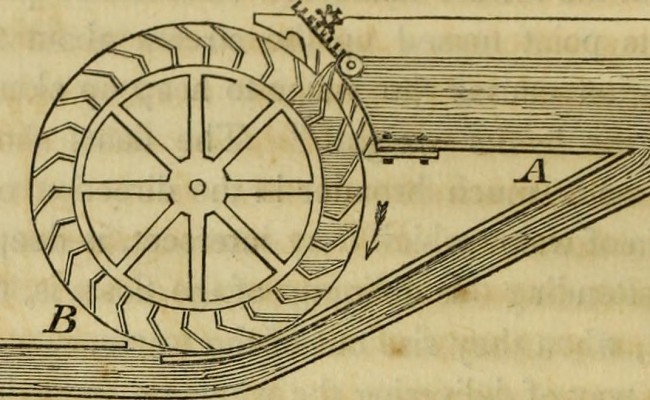The phrase belongs to Masha Tupitsyn, in the dedication of her 2011 book Laconia to the late film critic Robin Wood, for whom she tells us that ‘criticism was a form of living’. Tupitsyn’s book – a collection of 12,000 tweets about film – is a mirror of that life, and an exploration of the daily practice and discipline it requires. And because she crafted each entry ‘as though it was for and part of a book’, it is also a critical meditation on the nature of our mediums, new and old. What does it mean to tweet about film or literature or art? What kind of act it is to string the resulting tweets into a book, and how does one text differ from the other, if at all?
Criticism as a form of living, or the idea that the conversation we entertain with the art forms we consume shapes our lives. But why just art? If – as Matthew Arnold claimed in the nineteenth century – poetry is ‘a criticism of life’, the twentieth century has broadened the domain of the critic to include all forms of human expression and, ultimately, expression itself – that is to say, how we communicate experience to one another. Criticism becomes therefore an attitude as much as a practice. A way of being. A form of living.
Sometimes I like to pretend that everyone on social media is writing his or her own book. If you attempt this exercise, say, on Facebook or Twitter, you’ll find that the genre of most of these hypothetical books is a mix of memoir and critical diary. Criticism and life. This suggests to me that Tupitsyn’s explicit structuring of her social media stream as a book-in-the-making may not be a necessary condition for what she calls ‘an architecture of thinking’, like Laconia, to exist. The blueprint is implicit in every social text we produce.
The internet as it is currently deployed is not a technology for command and control but rather a vast rhetorical engine. It has made writers – public, published writers – of tens of millions of individuals that at no other time in human history would have had the opportunity to find within themselves such an inclination, let alone the means to realise it. Therefore the internet, or more specifically the World Wide Web, has effectively produced an entire generation of critics. Their output includes the conventional review – think Goodreads, Amazon reviews, the Internet Movie Database, Rotten Tomatoes and innumerable others – and participation in boards devoted to the close reading and in-depth discussion of products of popular culture, especially television programmes. Some websites, such as Letterboxd, provide templates for keeping a film or book diary, thus promoting criticism as a daily practice or ritual. (The tagline of Letterboxd is ‘Your life in film’.)
Beyond these formally constrained and relatively conventional forms is the social media stream and ongoing conversation that so many people have with so many others. It’s not Twitter or Facebook or Instagram or whatever else to which you’re subscribed: it’s all of them, separately or at once, depending on your preference or the time of the day or what enables you to say what you want to say most effectively. Many, if not most, of the utterances recorded on this continuous stream are acts of criticism, often indistinguishable from acts of autobiography (‘I’m listening to a great song by …’ or ‘This book reminds me of …’). Criticism in the act of living.
To those (Tupitsyn among them) who contend that all of this expression lacks the necessary economy – or awareness of the need for economy – that makes the critic a critic, I would respond using Georges Perec, the poet of the infra-ordinary. For where do you draw the line between an attention for life and its pathological excess? Perec once published a piece entitled ‘Attempt at an Inventory of the Liquid and the Solid Foodstuffs Ingurgitated by Me in the Course of the Year Nineteen Hundred and Seventy-Four’, a functionally unreadable list of ingredients, dishes and drinks that extends for multiple pages. If Arnold is right and literature is a criticism of life, then Perec’s ‘Attempt’ is an act of criticism. It’s also a partial but faithful record of being in the world, not unlike the kind of thing that one might attempt to document on social media. Either way, it’s the writing that counts. That is where the selection happens, for good or bad, and you get to say: this matters.
‘Criticism as a form of living’ is a sentence fragment, an incomplete aphorism, yet for some time it has helped me organise my thinking about digital media and its social configurations. Old-fashioned books might need to be written about what this criticism means and what its categories are. If it is good or bad, even. But for now I am optimistic. For now I think our attention is being sharpened and we are learning together to practice an old craft.



